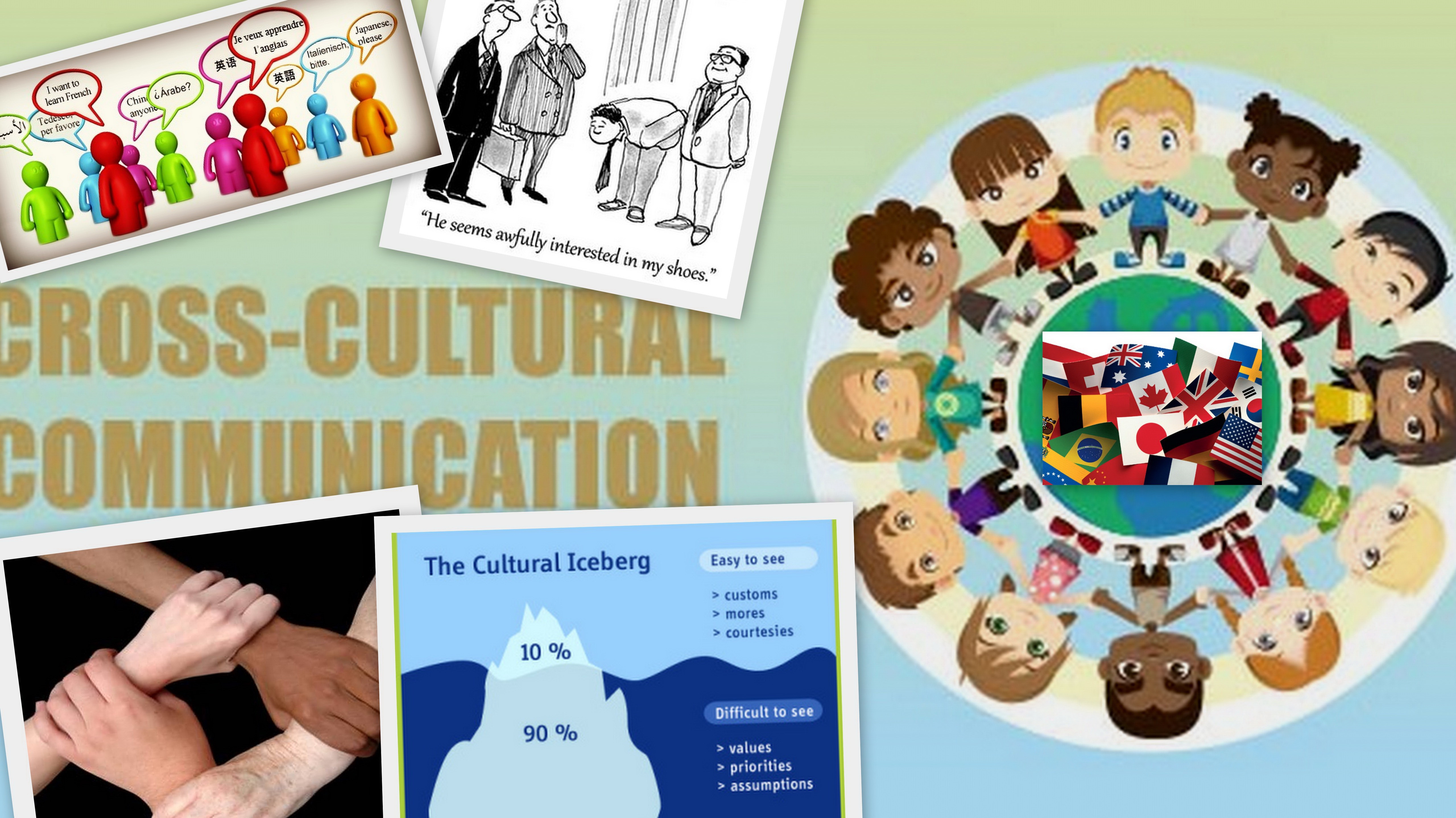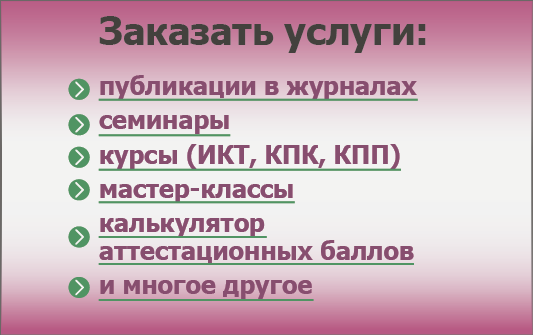Cross-Cultural Communication
АнтоноваАннаФедоровна,
преподаватель английского языка
СПГАХЛ им.Б.В.Иогансона
В марте 2014 года Санкт-Петербургский академический художественный лицей им. Б.В. Иогансона Российской Академии Художеств отмечает 80-летний юбилей. В нашем лицее обучаются талантливые дети со всех уголков многонациональной России, из стран ближнего и дальнего зарубежья, поэтому толерантность, корреляция учитель-ученик и тематика межкультурного взаимодействия особенно актуальны для нашего педагогического коллектива.
Collaborative Efforts a Must!
"We didn't all come over on the same ship, but we're all in the same boat."
– Bernard Baruch
It's no secret that today's studying-, communication place is rapidly becoming large, as the learning and communication environment expands to include various geographic locations and span numerous cultures. What can be difficult, however, is understanding how to communicate effectively with individuals who speak another language and came from different countries with wide variety of cultures, or who rely on different means to reach a common goal.
Cross-Cultural Communication – The New Norm
Internet and modern technology have opened new information, studying and inspiration sources for us that allow to enlarge our knowledge, creativity base greatly. And given also that it can now be as easy to collaborate with people remotely as it is to communicate face-to-face, cross-cultural communication is increasingly the new norm.
After all, if communication is electronic, it's as easy to collaborate with someone in another country as it is to communicate with someone in the next town, class.
And why limit yourself to communicate with people within convenient face-to-face distance when, just as conveniently, you can communicate with the most knowledgeable people in the entire world?
For those of us who are native English-speakers, it is fortunate that English seems to be the language that people use if they want to reach the widest possible audience. However, even for native English speakers, cross-cultural communication can be an issue: Just witness the mutual incomprehension that can sometimes arise between people from different English-speaking countries.
In this new world, good cross-cultural communication is a must.
Understanding Cultural Diversity
Given different cultural contexts, this brings new communication challenges to the workplace. Even when students are situated in different locations or they speak the same language (for instance, communication between English-speakers in the U.S. and English-speakers in the UK), there are some cultural differences that should be considered in an effort to optimize communications between the two parties.
In such cases, an effective communication strategy begins with the understanding that the sender of the message and the receiver of the message are from different cultures and backgrounds. Of course, this introduces a certain amount of uncertainty, making communications even more complex.
Without getting into cultures and sub-cultures, it is perhaps most important for people to realize that a basic understanding of cultural diversity is the key to effective cross-cultural communications. Without necessarily studying individual cultures and languages in detail, we must all learn how to better communicate with individuals and groups whose first language, or language of choice, does not match our own.
Developing Awareness of Individual Cultures
However, some learning the basics about culture and at least something about the language of communication in different countries is important. This is necessary even for the basic level of understanding required to engage in appropriate greetings and physical contact, which can be a tricky area inter-culturally. For instance, for the positive communication you should know speaking distance what is special for different nations, what is much larger in Australia than in Europe etc.
It is important that teachers communicating across cultures practice patience, tolerance and work to increase their knowledge and understanding of these cultures. This requires the ability to see that a person's own behaviors and reactions are oftentimes culturally driven and that while they may not match our own, they are culturally appropriate.
If a teacher that is working across cultures or incorporates individuals who speak different languages, practice different religions, or are members of a society that requires a new understanding, he or she needs to work to combine these.
Consider any special needs the individuals on your class may have. For instance, they may observe different holidays.
Generally speaking, patience, politeness, tolerance and a bit of curiosity go a long way. And, if you are unsure of any differences that may exist, simply ask students. Again, this may best be done in a one-on-one setting so that no one feels "put on the spot" or self-conscious, perhaps even embarrassed, about discussing their own needs or differences.
Demand Tolerance
Next, cultivate and demand understanding and tolerance. In doing this, a little education will usually do the trick. Explain to students that the part of the class that has different religion, speaks different native language could have different holidays, customs etc.
Most students will appreciate the information and will study hard to understand different needs and different means used to reach common goals. However, when this is not the case, lead by example and make it clear that you expect to be followed down a path of open-mindedness, acceptance and tolerance.
Tolerance is essential. However, you need to maintain standards of acceptable behavior. The following "rules of thumb" seem universal.
Other factors (such as national law etc.) are obviously important.
When dealing with people in a different culture, politeness and goodwill can also go a long way in ensuring successful communication. Again, this should be insisted on.
If your starting point in solving problems is to assume that communication has failed, you'll find that many problems are quickly resolved.
Keep it Simple
When you communicate, keep in mind that even though English is considered the international language of communication, it is a mistake to assume that every student speaks good English. In fact, only about half of the 800 million people who speak English learned it as a first language. And, those who speak it as a second language are often more limited than native speakers.
When you communicate cross-culturally, make particular efforts to keeping your communication clear and simple.
And (sadly) avoid humor until you know that the person you're communicating with "gets it" and isn't offended by it. Humor is a culture-specific: Many things that pass for humor in one culture can be seen as grossly offensive in another.
Межкультурное взаимодействие учитель-ученик, ученик-ученик эффективнее всего осуществлять в через праздники, потому что в праздниках разных стран и народов много общего, т.к. праздник – это “образ мира в слове явленый” (Б. Пастернак) – такова в глубинной своей сущности природа праздника. Это поможет и разовьет навыки межкультурного общения учеников и сделает их межкультурно компетентными личностями.










